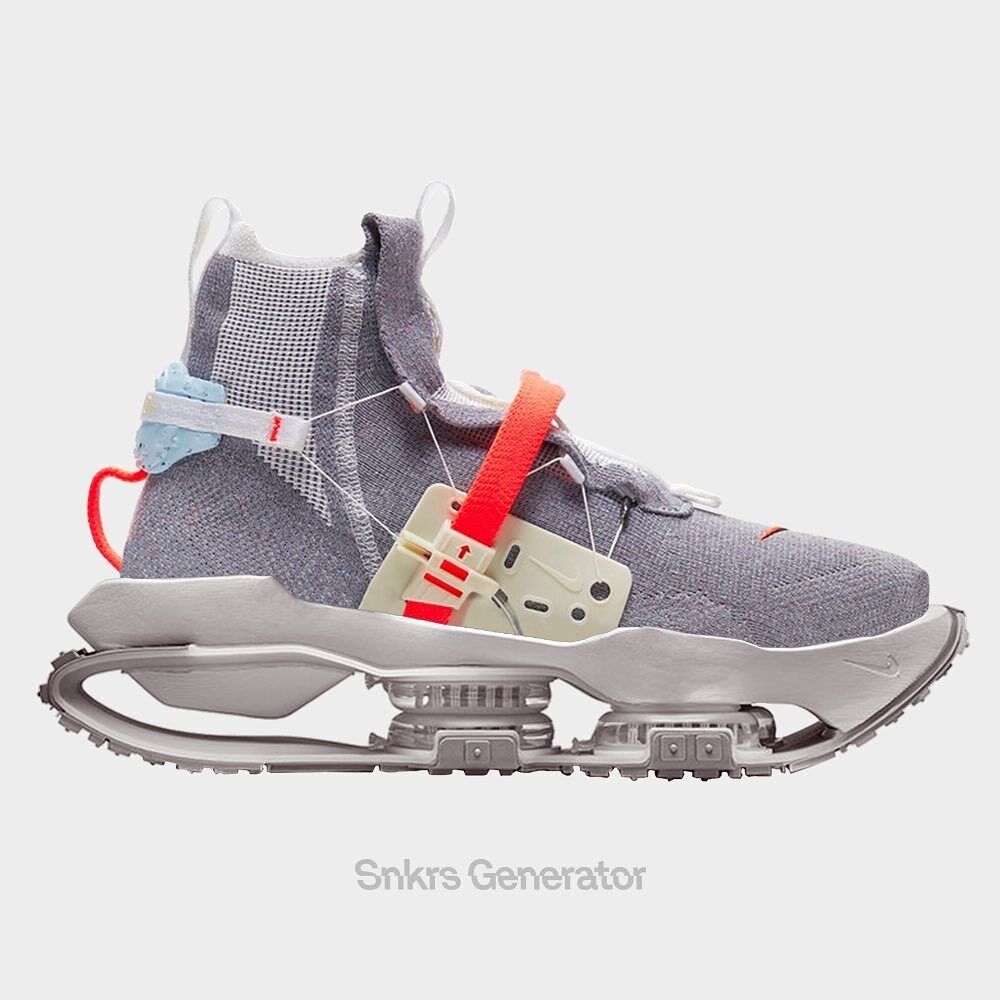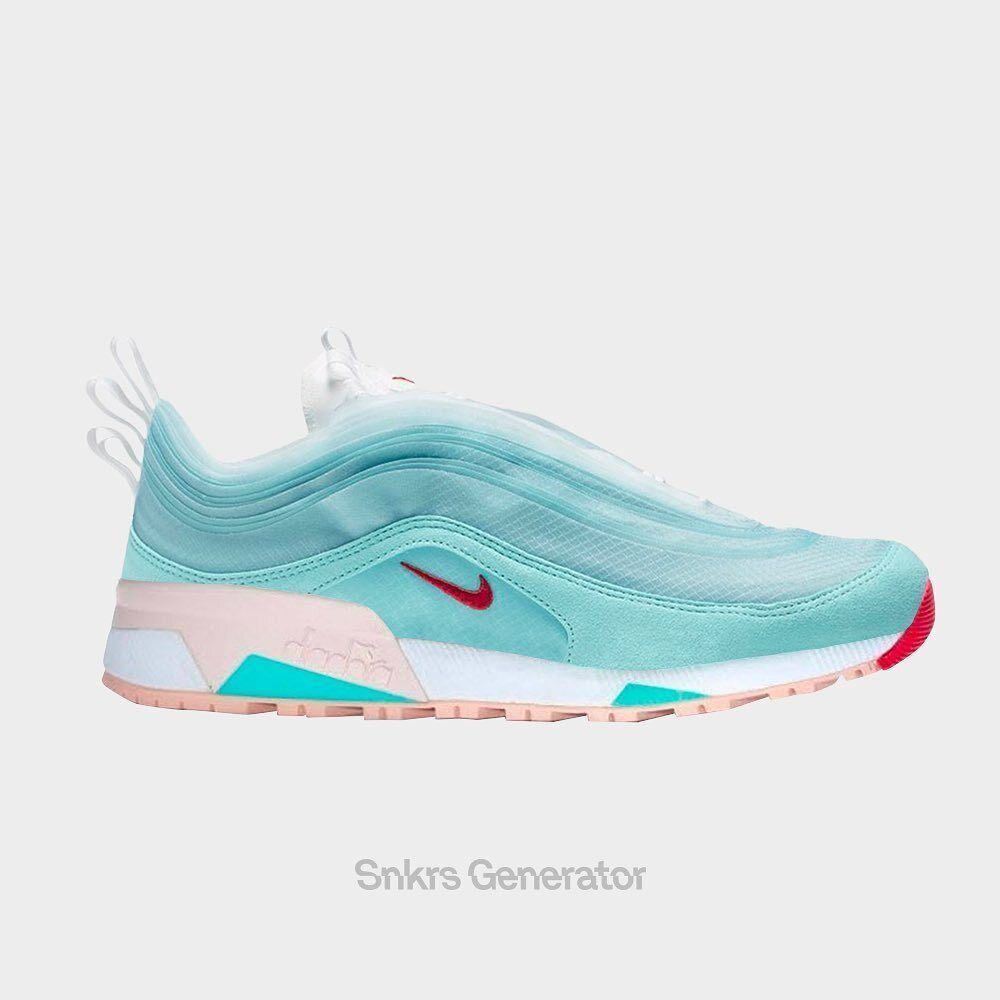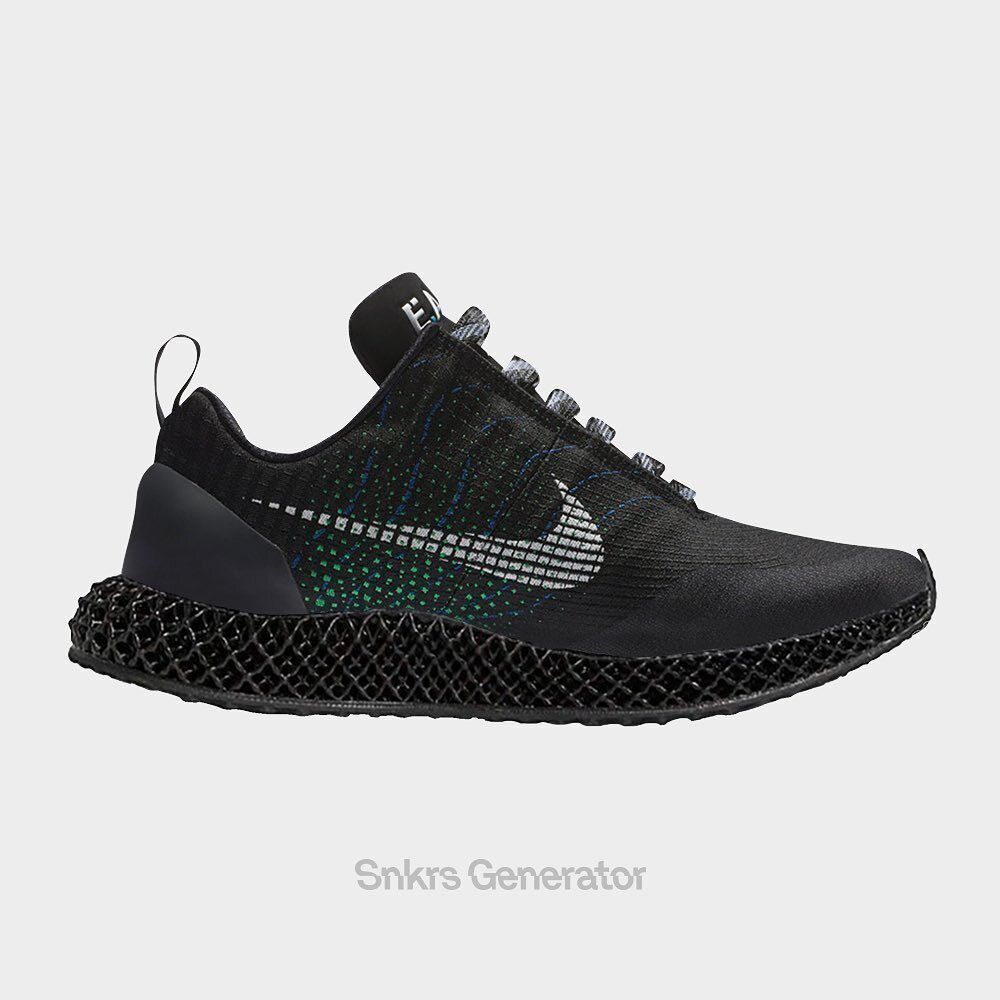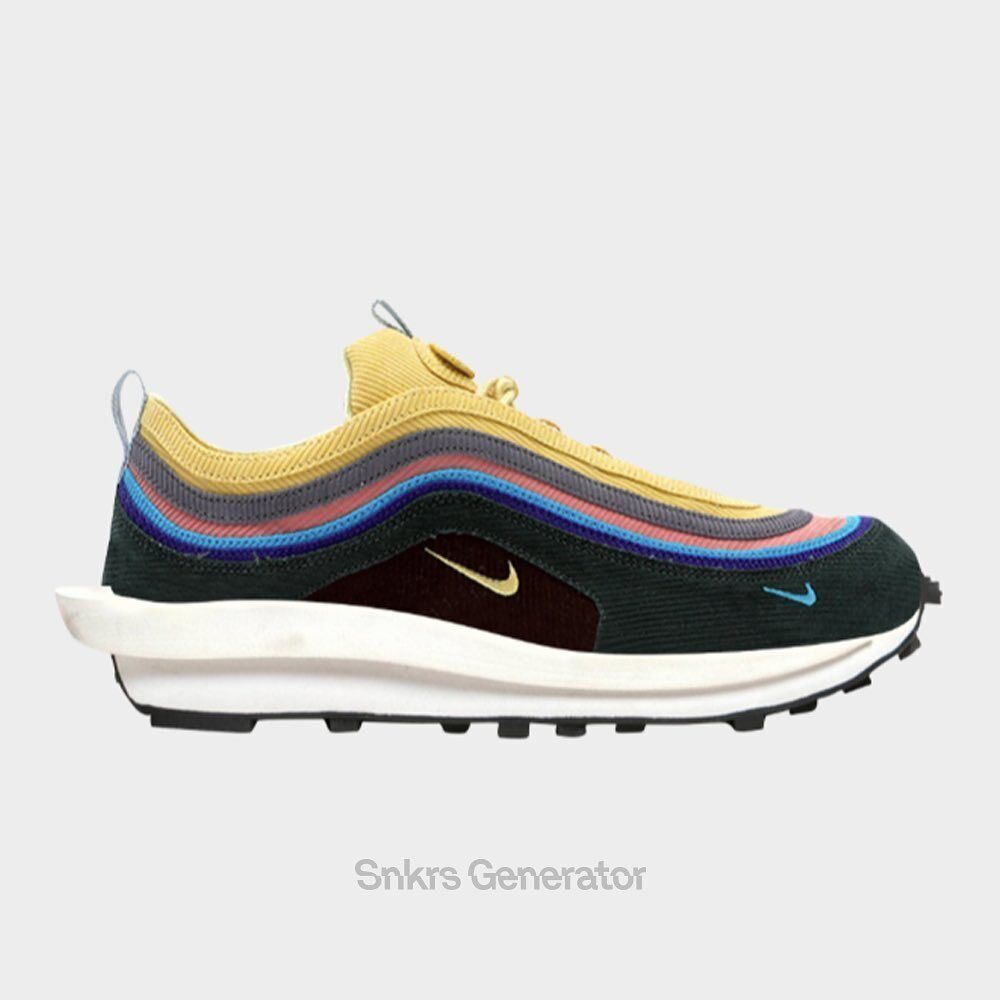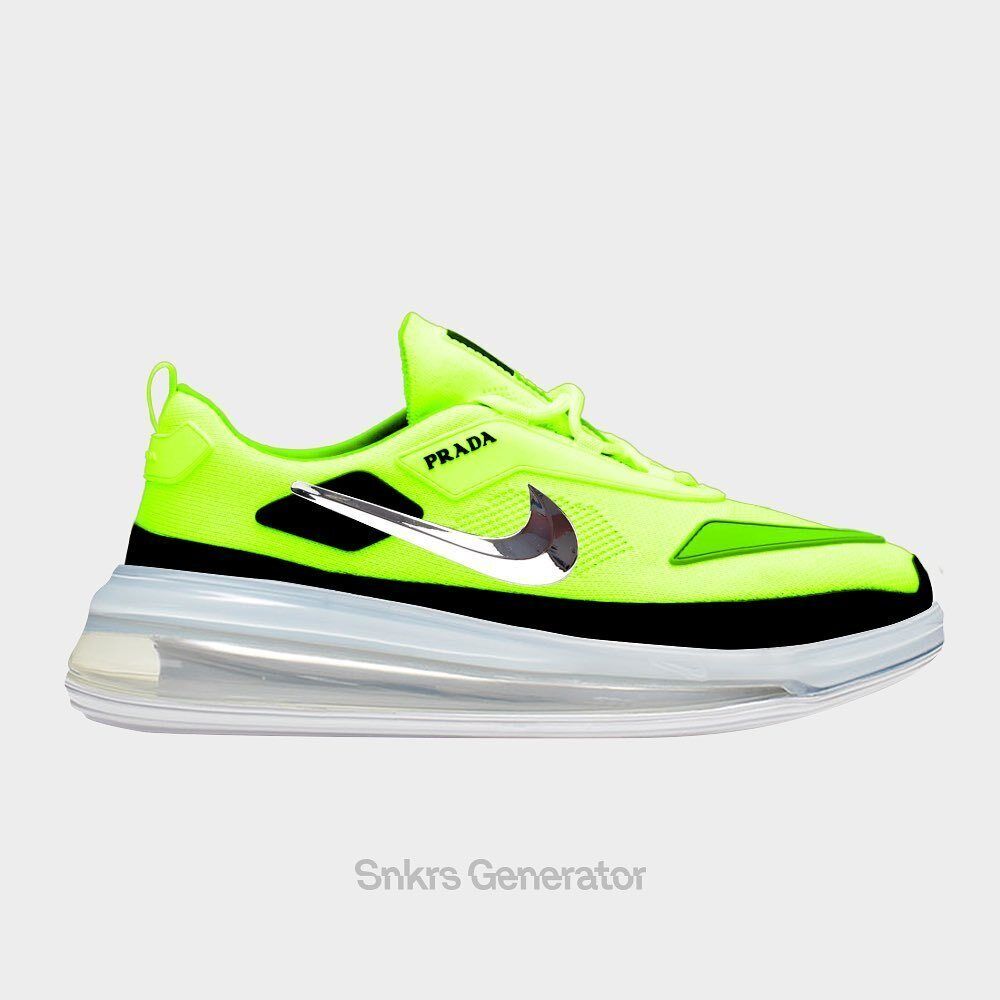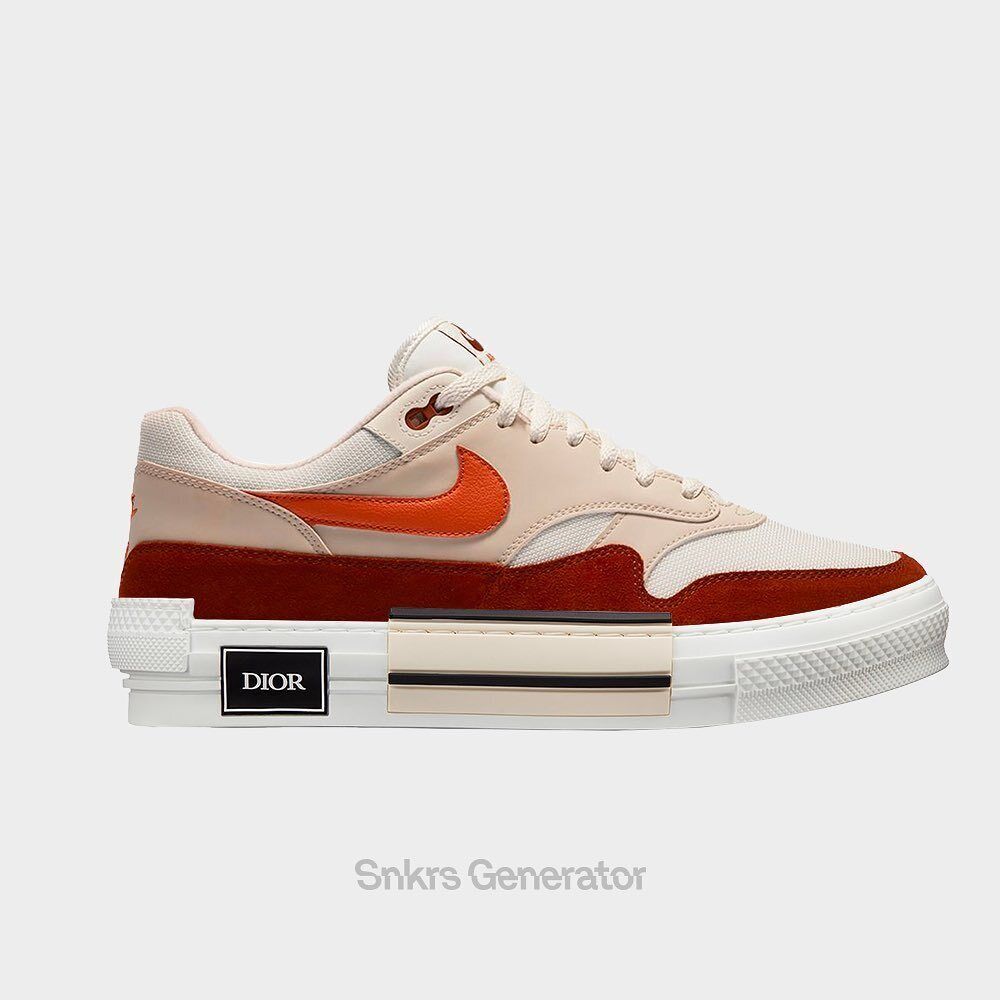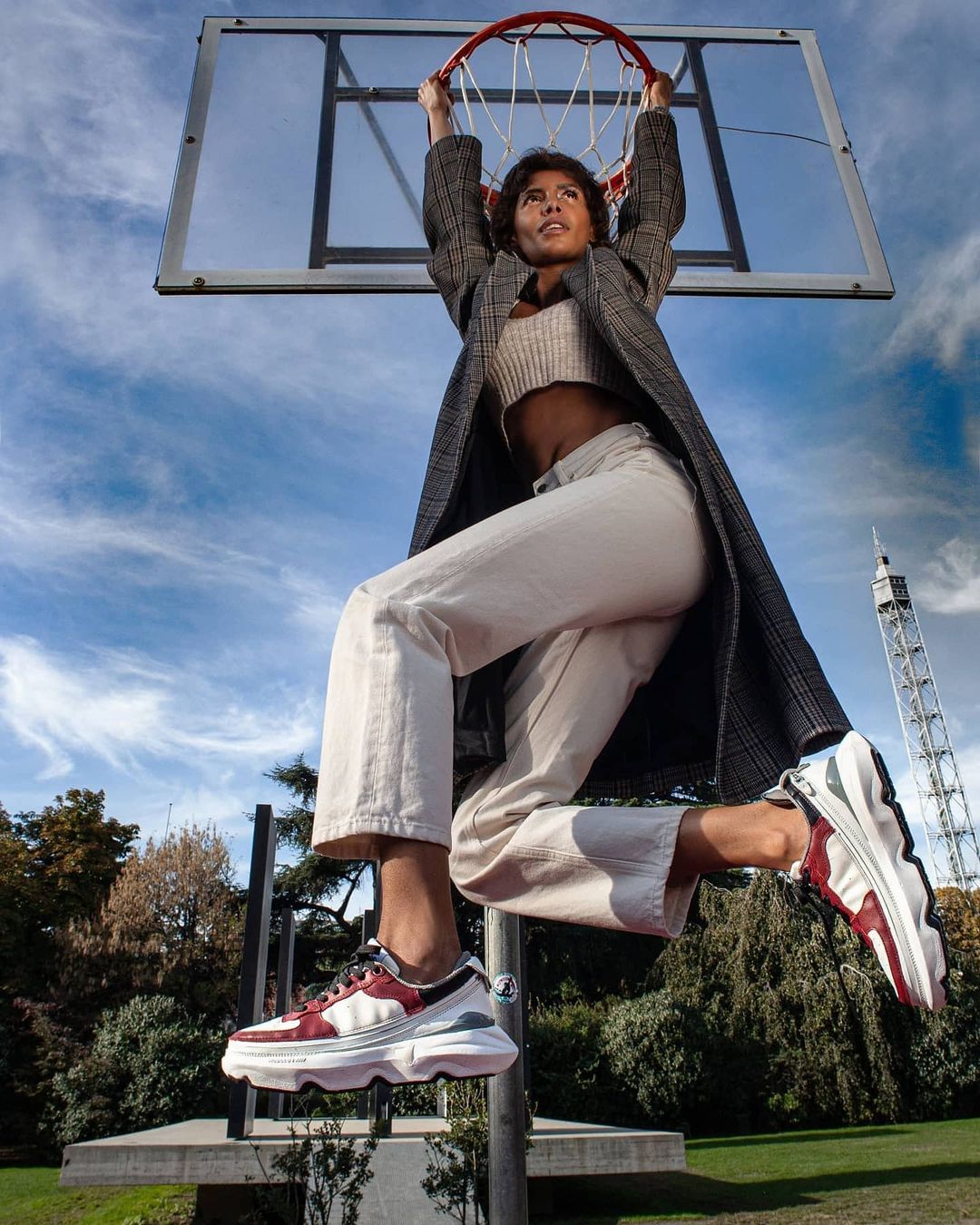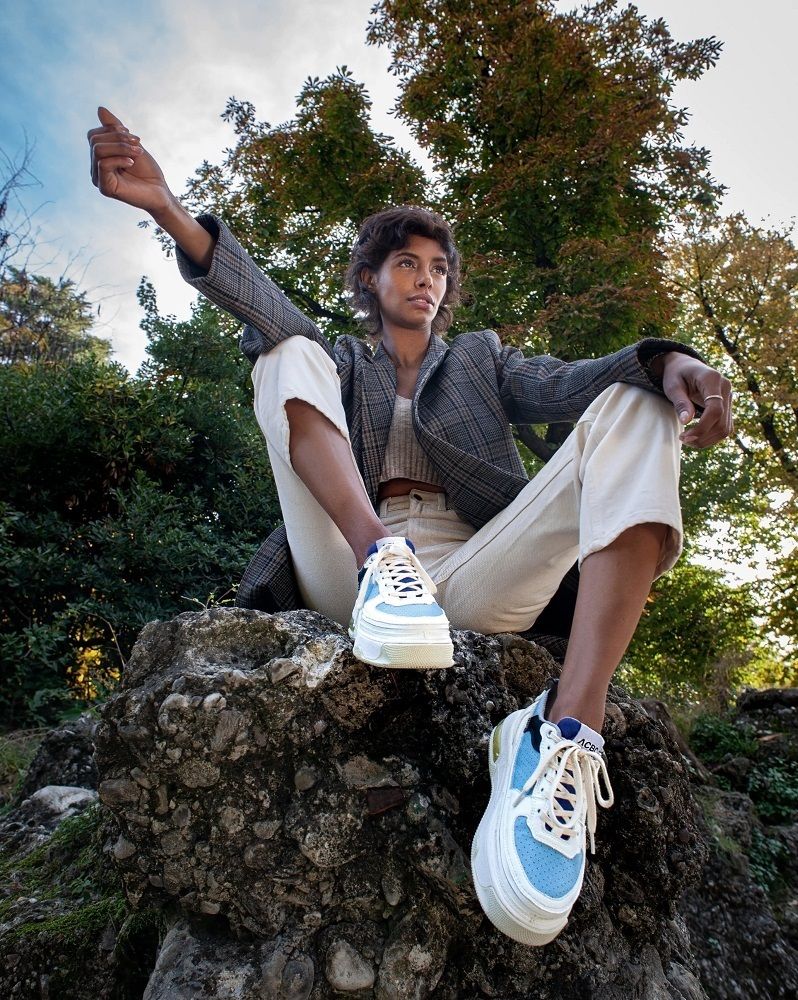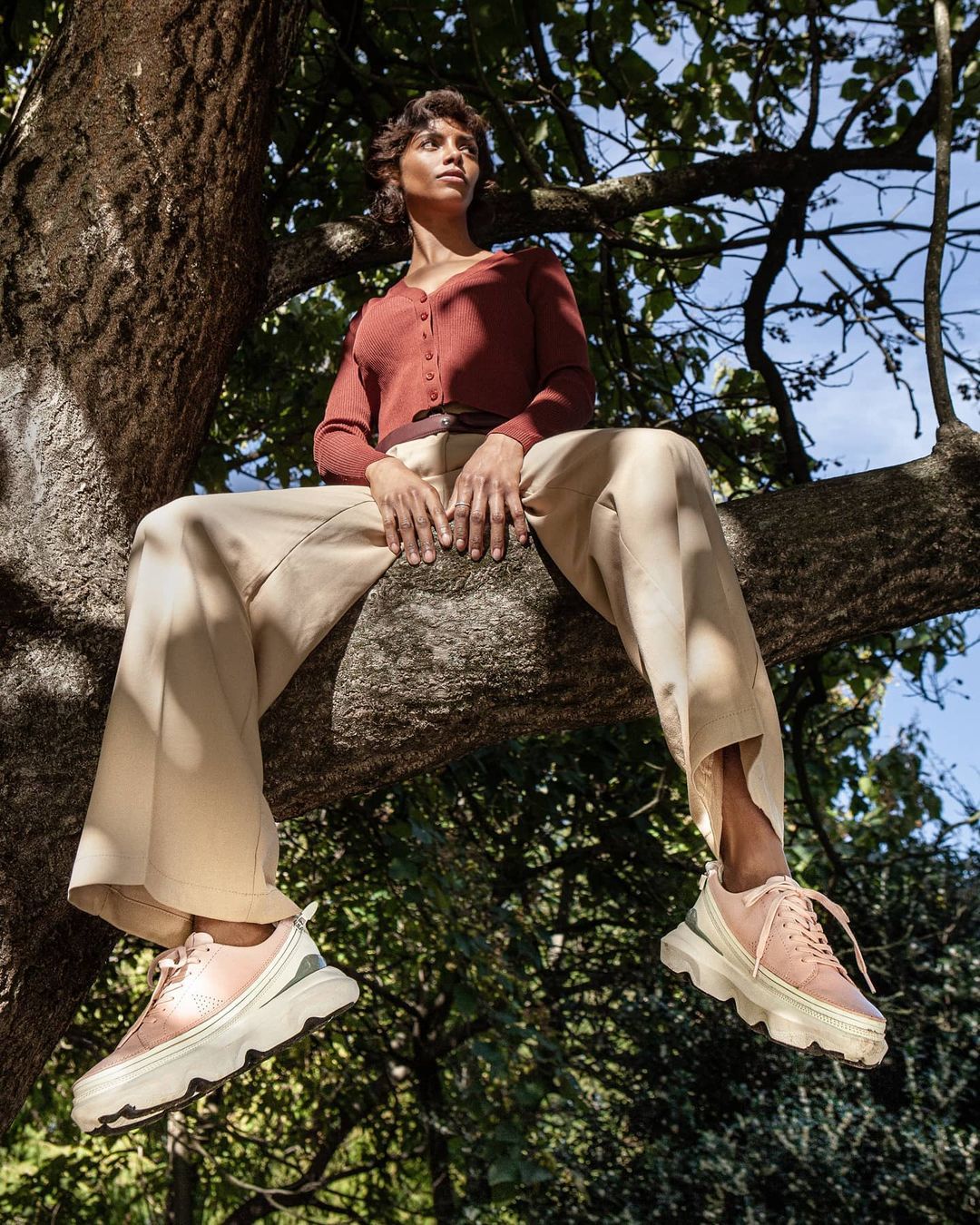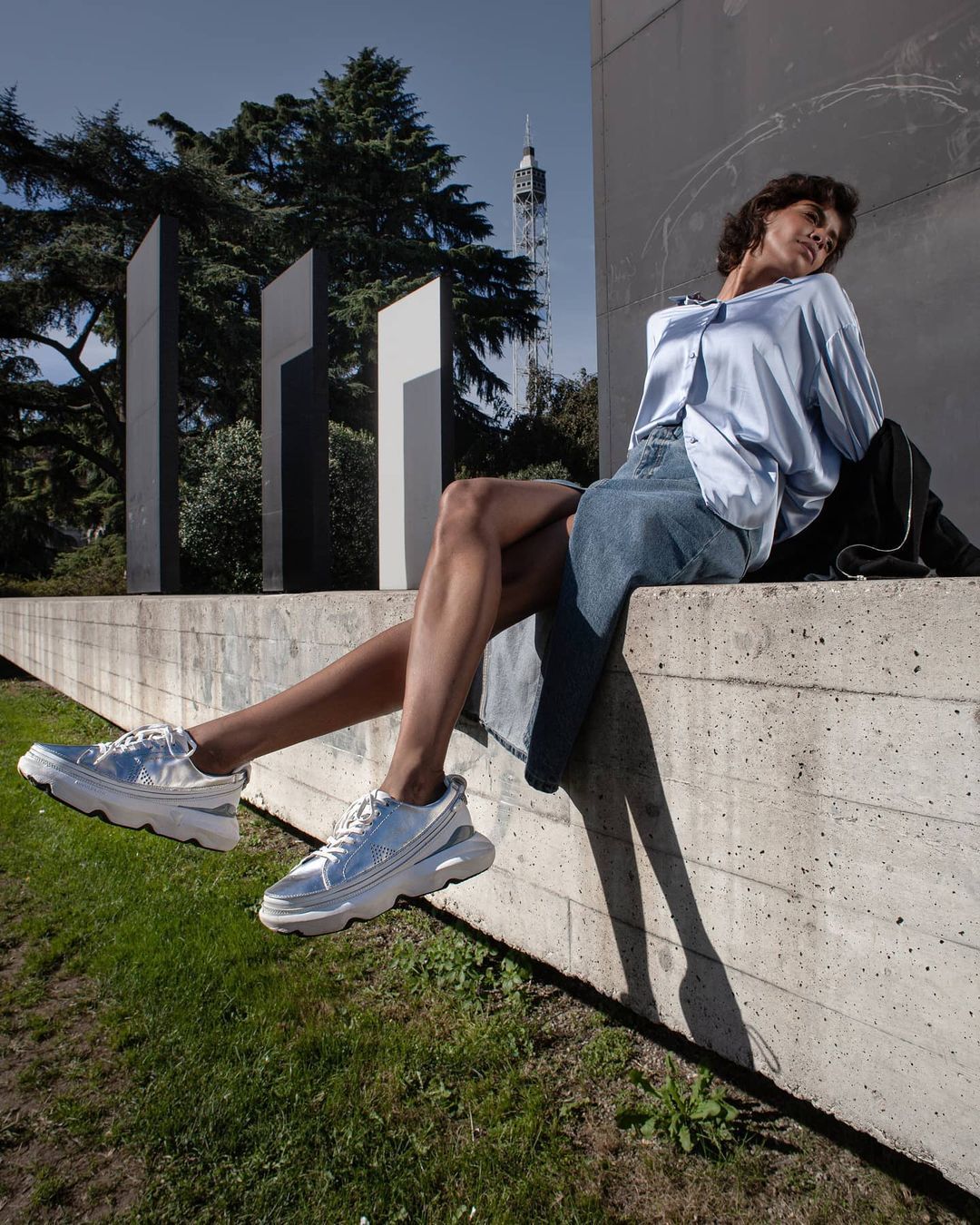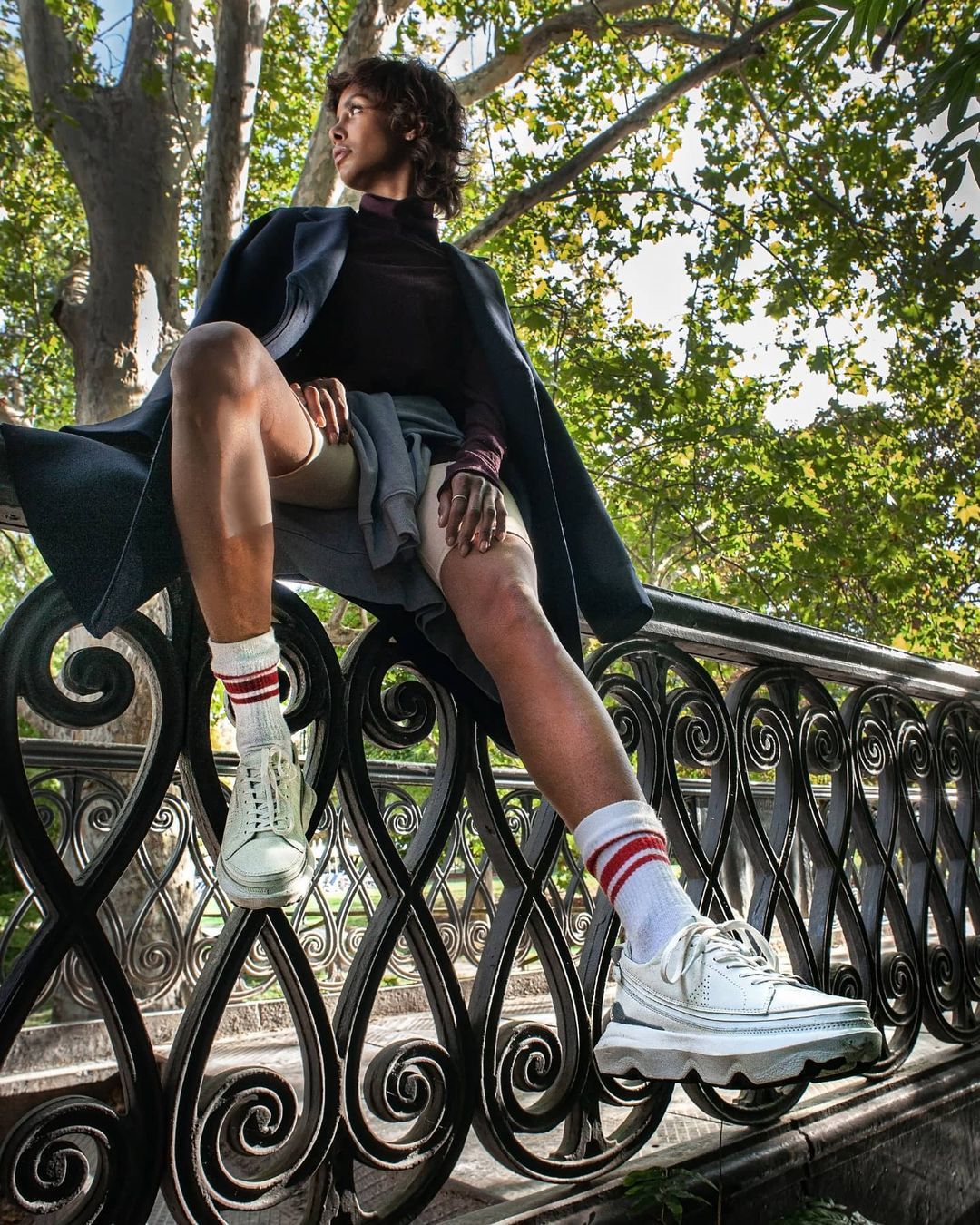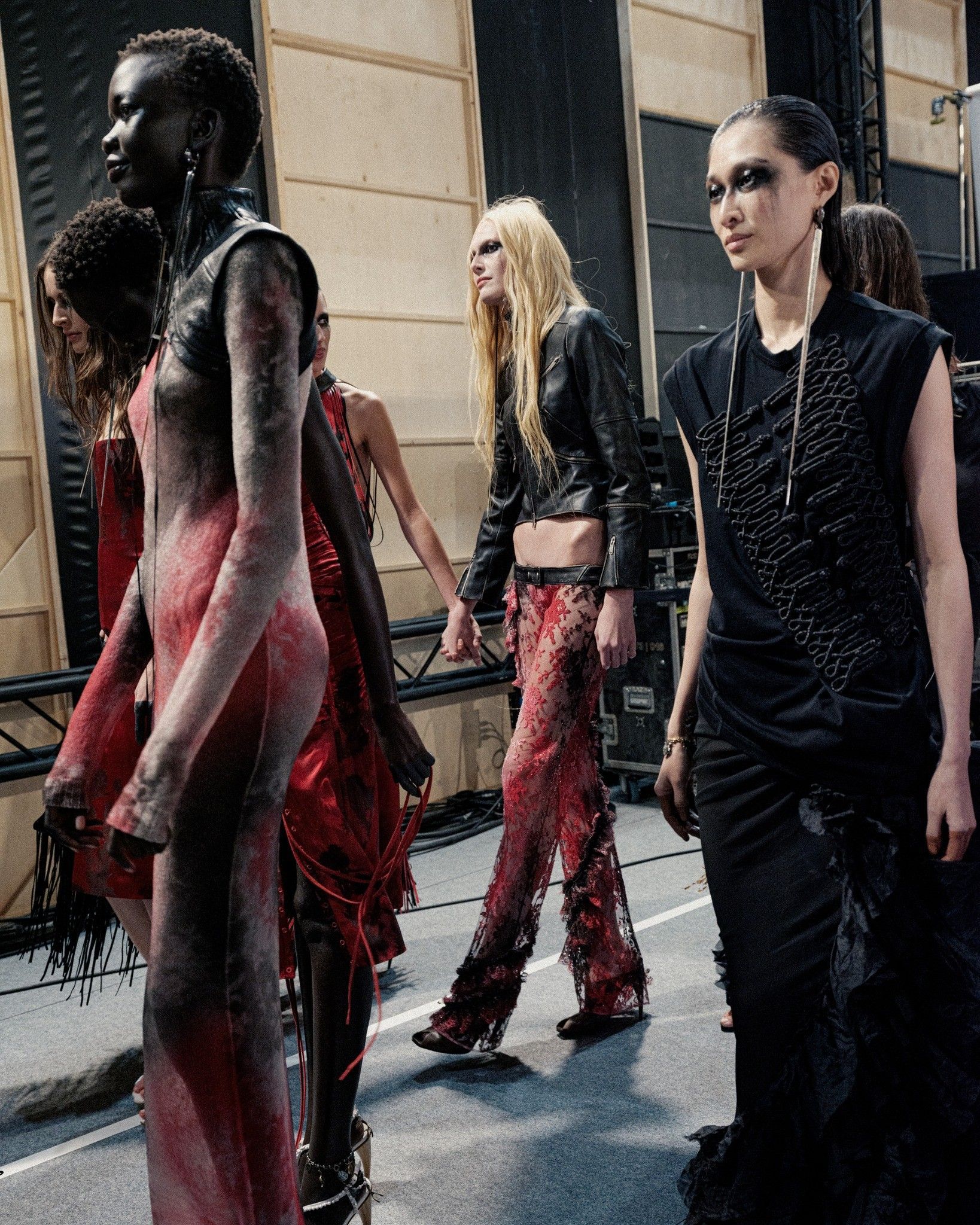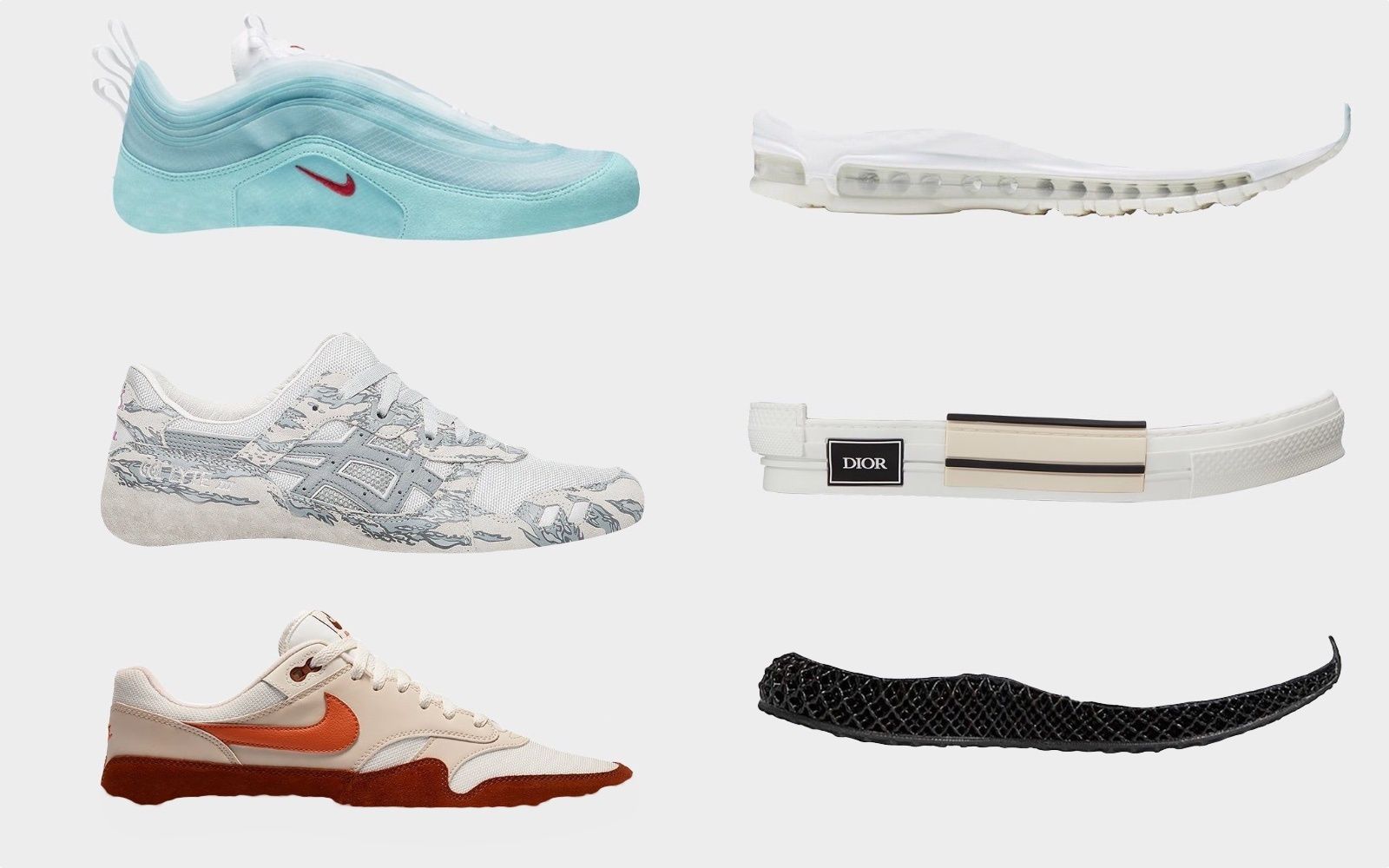
Are modular sneakers the future of footwear? Sustainable, recombinable, creative
In an increasingly saturated and competitive sneaker game, there is a new emerging market that intends to rethink the sneaker as a modular entity. The idea behind it comes from the same traditional sneaker brands: shoes such as nike react or adidas Ultraboosts are already basically a combination of the same outsoles and tops that are replicated in many different colors. There are already numerous artisans specialized in the surgical customization of sneakers that produce unique one-off models that result from the combination of different parts. On the digital level, the recombination of soles and uppers is already a reality: the Sneaker Generator app transforms it into a game while Gucci has created its digital sneaker and allows users of its app to customize it at will and use it in its video games.
Then there is a young Italian brand that wanted to move everything on a much more physical plane. This is ACBC, an acronym for Anything Can Be Changed, which has patented a new modular sneaker model called Zip Shoe. These are modular sneakers that, thanks to a zip, allow you to mount up to a hundred different uppers on the same sole – with the consequence of stretching the life cycle of your products out of proportion. Already Vibram has probed this terrain both with its removable sole to make virtually every shoe suitable for trekking, and with the new Vibram Sole Factor Mobile Lab customization project to create soles adaptable to different uppers and also in its collaboration with Alyx that had produced a line of derby shoes with removable platform.
But ACBC's sneakers also meet practical needs: the removable upper and with a sole that is the basis of numerous different models wants to push the lifestyle of its customers to become more sustainable. The production of the sole is in fact the most polluting phase of the manufacture of a sneaker – the presence of a removable upper in fact halves carbon dioxide emissions on its own and therefore the "weight" that the manufacturing process has on the environment.
The concept of ACBC therefore has in mind sustainability, recycling and, more generally, the need to find solutions to the excessive weight of a flourishing market such as sneakers but also guilty of so much industrial overproduction. After all, the circular economy will be, in 2021, the next big thing in fashion and there will be many brands that, based on Gucci, will invest in upcycling and recycling. Moreover, in a world where, in addition to sustainability, digital means and market competitiveness require a more intense focus on the individual customer, it could be possible both to offer end consumers the opportunity to obtain unique products and customizations also through digital retail, retaining them with the possibility of buying the products of their favorite brand but leaving them free to express their creativity; but also to open a new horizon in sneaker design - an area that more than the others is open to technological contamination and that could find in modularity an unprecedented challenge.










































